
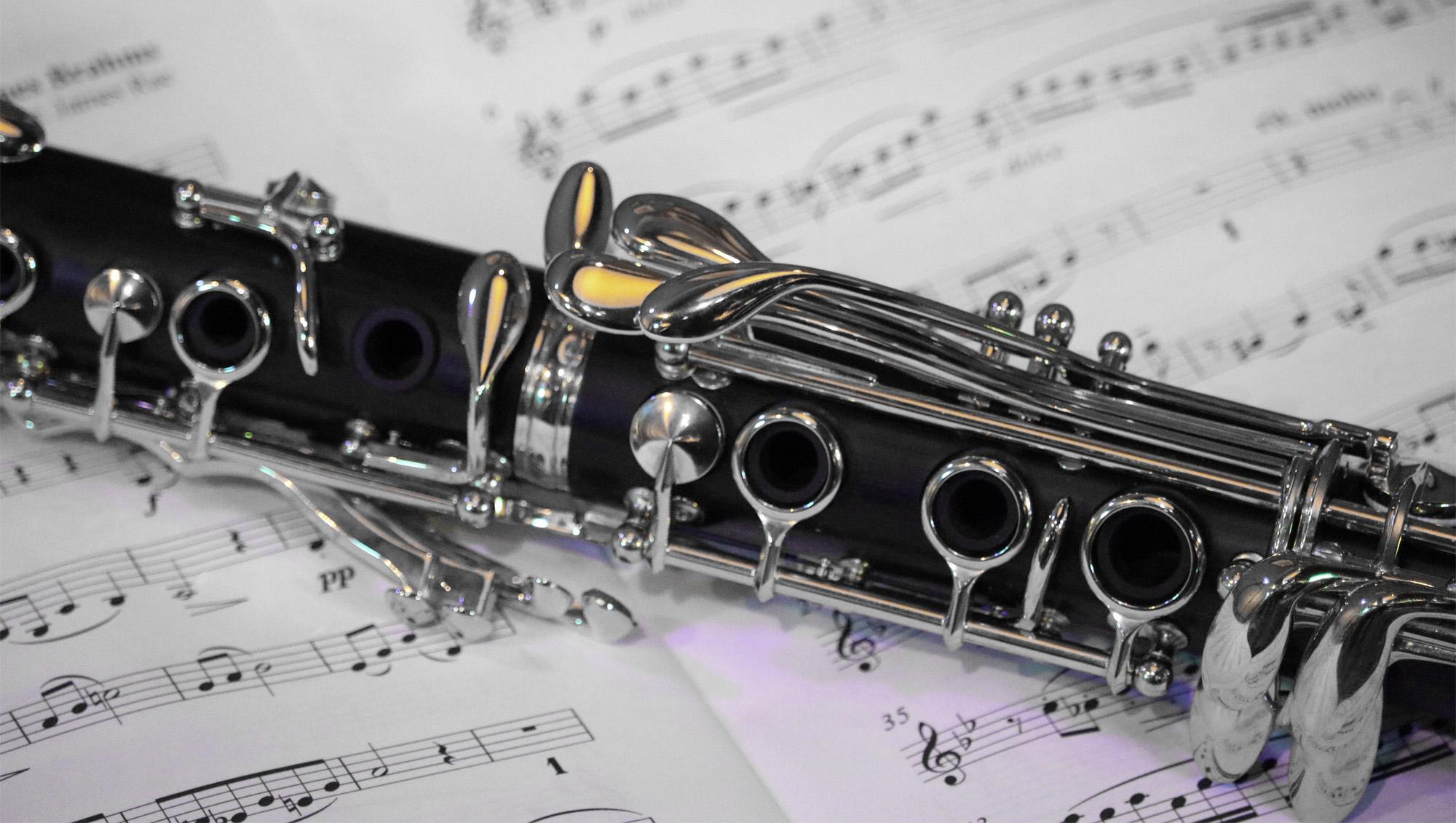
Most musical instruments require and benefit from regular care maintenance; look after your instrument and you'll be rewarded with optimal response and performance each time you practise or perform.
The clarinet is no exception. Carefully formed either from ABS resin or crafted from select tonewoods (or, in the case of our Duet+ models, a combination of both), the clarinet has an array of keys to precisely control the air moving within the body. Here's an easy guide to looking after your clarinet, followed by some recommended essentials to help you.
Contents:

Most clarinet students begin to learn using a Bb clarinet which has 5 main sections:
Most student-level clarinets are formed using ABS resin; this is hard-wearing, incredibly strong and gives a very consistent response - particularly useful for students learning their craft. Our professional and custom clarinets are usually crafted from grenadilla, a tonewood which gives exceptional warmth and richness to the sound but, as with all tonewoods, needs more careful handling and is more susceptible to ambient temperature and humidity changes.
Our Duet+ clarinets use a combination of the two; the body is crafted from grenadilla for a warm tone but the internal airway is fitted with a layer of resin - making the clarinet more consistent in response and tolerant of temperature changes during performances (which might otherwise affect the clarinet's tuning).
Before playing, it's important to make sure your hands, face and teeth are clean; any residue on your skin can be detrimental to the clarinet's keys and body, whilst any food debris present in the mouth can easily find its way into the clarinet itself - which could block the airway and cause mould to grow.
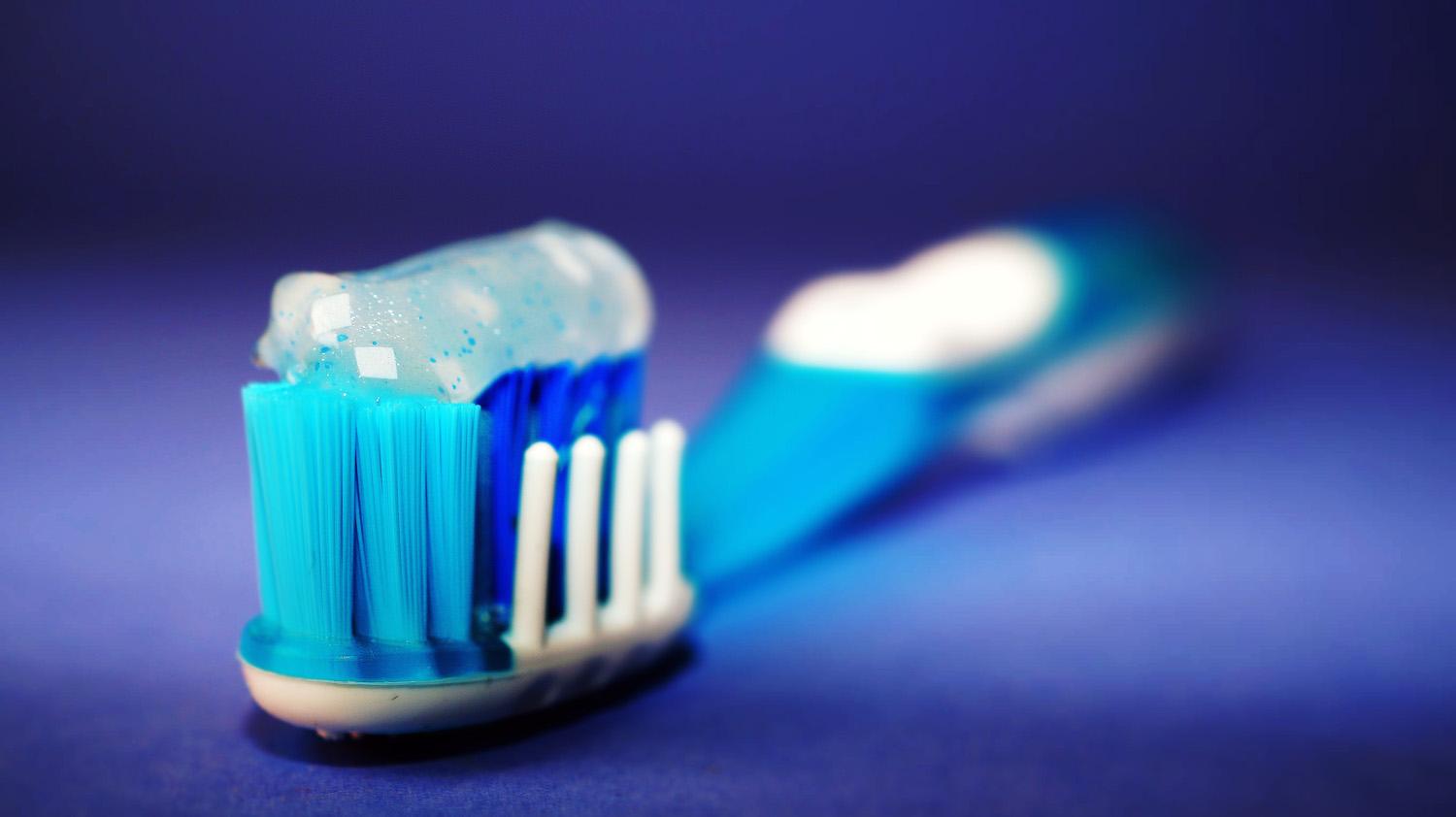
Wooden clarinets, such as our Professional and Custom models, give a beautifully warm and rich tone. Unlike ABS resin instruments, wooden clarinets require conditioning when brand new in order to regulate the moisture absorption of the tonewood.
As tempting as it may be, if you immediately play a brand new wooden clarinet for a long period of time, the newly crafted tonewood body will quickly absorb any moisture making its way from your breath through the mouthpiece. As a result, the body can begin to swell - potentially deforming the clarinet and, in severe cases, causing it to split and break.
To protect against this, you can 'condition' wooden clarinets by playing for a maximum of 15 minutes each day for the first week, so that the body can only absorb a limited amount of moisture - and which, to a point, decreases its absorption factor. If at any point the clarinet's tone changes and it seems as though the air channel has become blocked, stop playing immediately to remove moisture from the body.
After the first week of conditioning, gradually increase the amount of time each day that you play the clarinet.
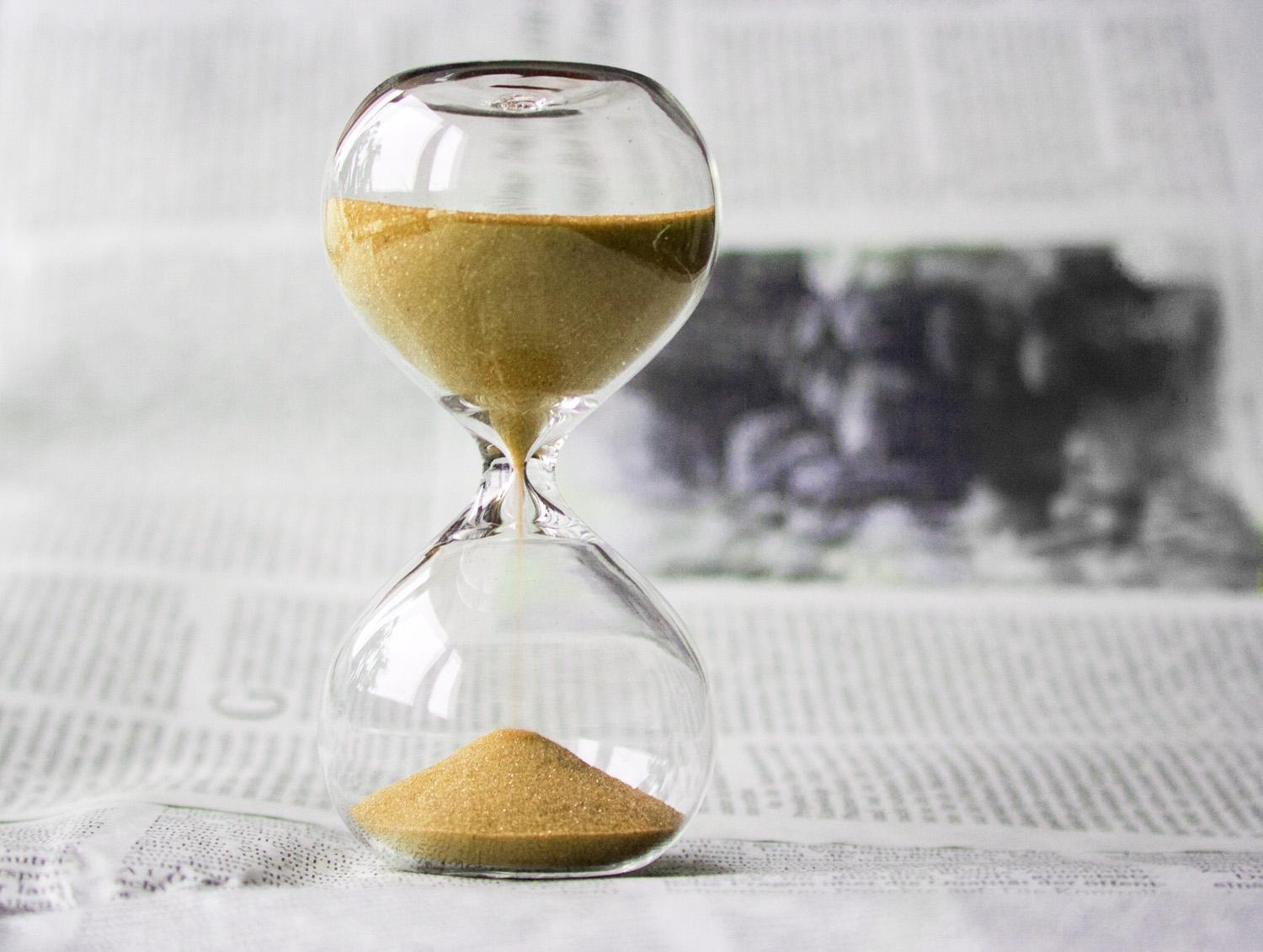
Generally, if the clarinet has been stored at normal room temperature (19ºC - 21ºC) with a normal level of humidity, you should be able play it without concern. However, a clarinet's tone and pitch can be susceptible to more extreme temperatures whilst condensation can often occur when playing in cold environments (which can disrupt the air channel within the clarinet). And, more seriously, wooden clarinet bodies can split and crack when exposed to extreme temperatures and sudden temperature & humidity changes.
To protect against complications from temperature and humidity:

For ease of storage and cleaning, clarinets are assembled from (usually) five parts. The joins between each part use a layer of cork to make an air-tight seal, hence, a certain amount (but not an excessive amount) of effort is required to push the joints together.
Be careful not to damage the bridge keys and pad plates:

Occasionally - more so when the clarinet is new - the cork joints may not seem to fit the adjoining tube at all, preventing you from connecting the body parts. If this happens, apply a small amount of cork grease to the cork layer; this will reduce the cork's friction coefficient and allow you to assemble the clarinet.
A ready-to-play mouthpiece is made up of three parts - the resin or ebonite mouthpiece itself, a wooden reed and a ligature which holds the mouthpiece and reed together. Once the clarinet body is assembled, put the clarinet reed into position:
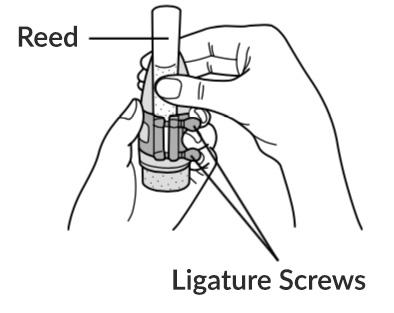
Regardless of whether your clarinet is made from tonewood or ABS resin, it's essential to remove moisture from all parts of the instrument - including the main air channel, the reed and from the pads on the underside of the keys. Before doing so, fully disassemble the clarinet (including the mouthpiece and reed).
Whilst excess water and saliva should be wiped off the reed after use, it's important not to let the reed dry out. Removing it from the mouthpiece and storing it in a reed guard should be sufficient, but take care not to let the reed's tip or vamp become damaged by the guard.
With regular practising and performing, a reed may only last for a fortnight before it starts to degrade and needs replacing. Keep spare reeds to hand, and make sure you're breaking in a new reed whilst using an already-broken in reed.
The main air channel that passes through the clarinet's body is where most moisture collects - it's important to remove it.
You'll need:
Follow these easy steps:

Moisture can also collect on the pads underneath the keys - particularly covered keys (those which are a single flat surface without a hole. It's important to remove this moisture to stop the pads from deteriorating.
You'll need:
Follow these easy steps:
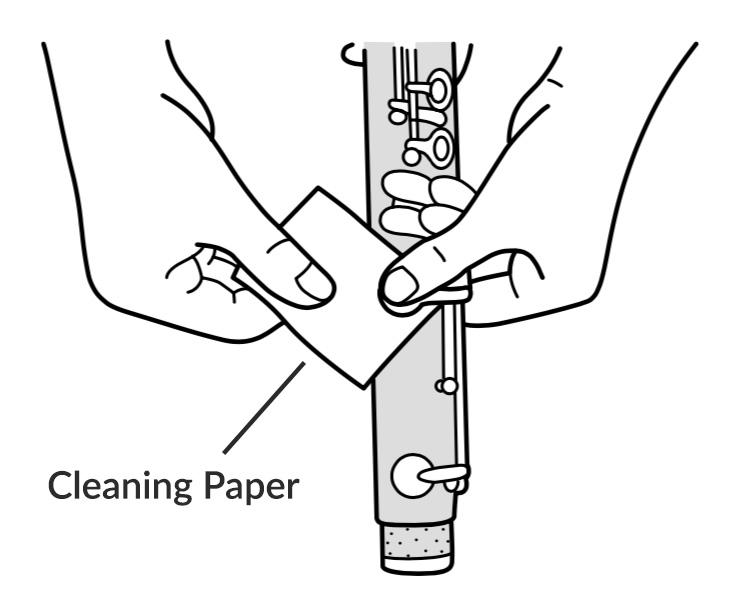
Whilst there's no need for a full service every day, we recommend giving your clarinet some extra attention at least once a month:
What you'll need:
Follow these easy steps:
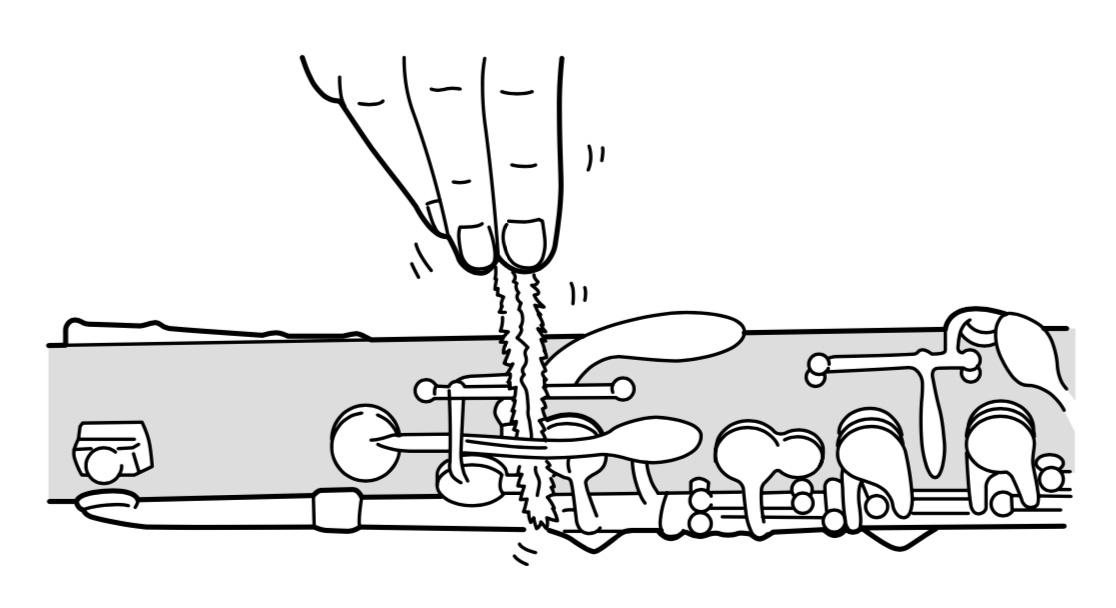
The keys on the clarinet have been precisely designed and engineered to allow control over pitch and tone when you play. But as with any mechanism, it's important to check they're in good working order.
What you'll need:
Follow these easy steps:
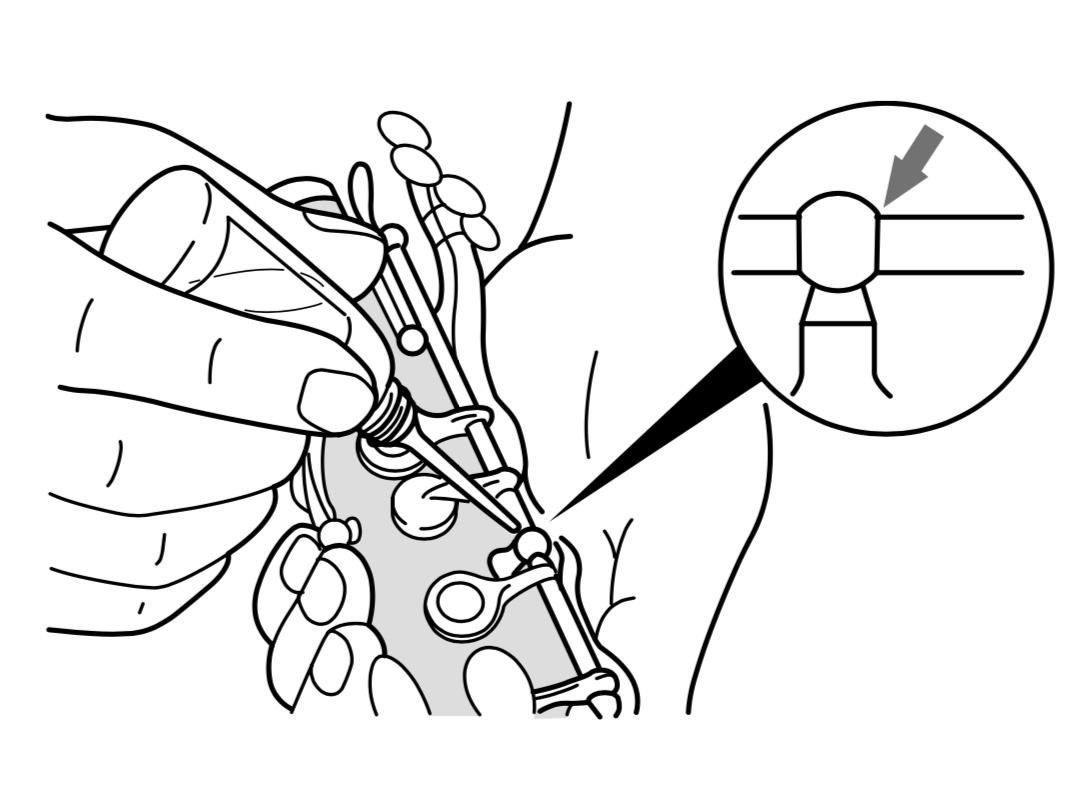
During a full service, a clarinet is completely disassembled and thoroughly cleaned - giving the opportunity for any damage or wear to be discovered and addressed.
Assuming normal daily and monthly care is given to your clarinet, we'd recommend having your clarinet serviced by a qualified clarinet technician once every year.